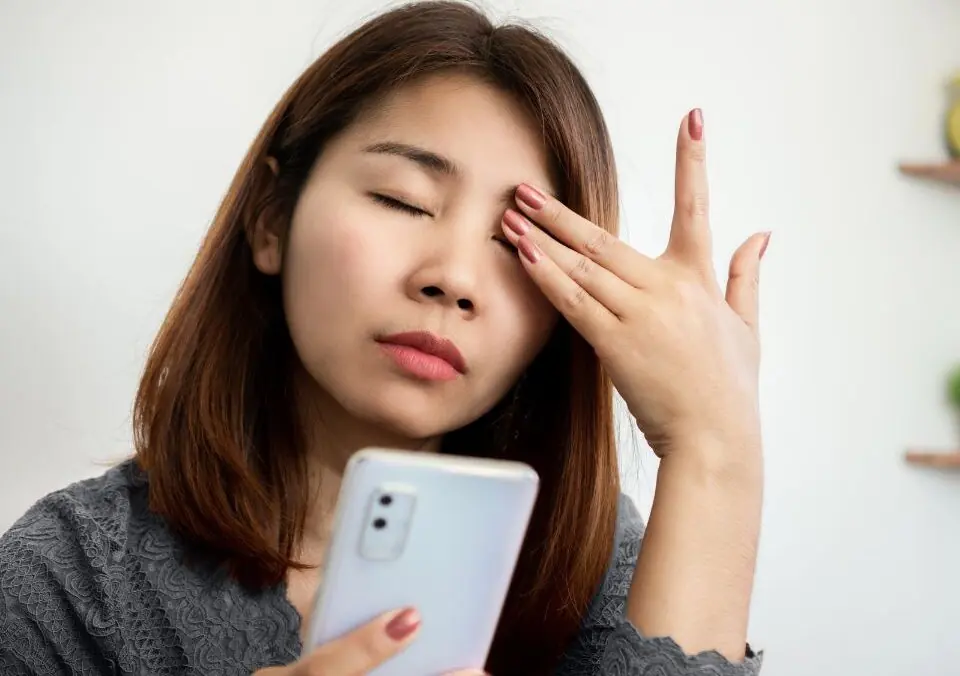Blog
Reduced Screen Time and Increased Step Counts Linked to Lower BMI

Growing up in a world increasingly dominated by screens, my brothers and I found ourselves in a rather unique childhood where our parents took a firm stance against video games, excessive television watching, and endless internet browsing. Instead, they believed in the value of outdoor play and hands-on activities, encouraging us to engage in the natural world and contribute to our family’s farm. At the time, this often felt restrictive, and we would joke about our childhood being “uncool” without the appeal of modern digital entertainment. However, reflecting back as adults, we can see how these choices had profoundly positive effects on our physical health and overall well-being.
The Screen Time Conundrum
It’s no secret that the digital landscape has evolved at an astonishing pace, with children and adolescents spending a significant portion of their day in front of screens. A recent study highlighted the alarming statistics surrounding screen time and its effects on body mass index (BMI) among adolescents. The data compiled from a sample of 5,797 individuals revealed that the average screen time was approximately 6.5 hours daily, which is concerning given the recommendations by health organizations.
The American Academy of Pediatrics advises that children aged 2 to 5 should have no more than one hour of high-quality programming per day, while children younger than 18 months should avoid the use of digital media other than video chatting. Despite these guidelines, many children exceed these limits, leading to increased sedentary behavior.

The Link Between Screen Time and BMI
The aforementioned study found that those who spent between four and eight hours on screens, and even more alarmingly, those who spent over eight hours, were at a significantly higher risk of being overweight or obese. The correlation between high screen time and increased BMI is multifaceted.
When children are engaged in screen-based activities, they are often sedentary, which reduces overall energy expenditure. Screen time is commonly associated with snacking, as individuals may mindlessly eat while engrossed in shows or games. This combination of reduced physical activity and increased caloric intake creates a perfect storm for weight gain.
Moreover, prolonged screen time can also contribute to poorer sleep quality. Research from the National Institutes of Health has suggested that excessive screen time, particularly before bed, can disrupt circadian rhythms and hinder sleep quality, further complicating the relationship between weight gain and physical activity levels.
The Importance of Physical Activity
While screen time is a significant factor, the study emphasizes that daily step counts are also crucial in determining BMI. It’s not solely about how long one spends on screens but how active one remains throughout the day. Individuals with low daily step counts were observed to have higher BMIs, regardless of their screen time.
Physical activity plays a vital role in maintaining a healthy body weight. Engaging in regular exercise not only burns calories but also helps build muscle, which can increase metabolism. The Centers for Disease Control and Prevention recommends that children and adolescents aged 6-17 should have at least one hour of physical activity each day, which can include a mix of aerobic activities, muscle strengthening, and bone strengthening exercises.
Walking – A Simple Yet Effective Solution
One of the simplest forms of physical activity is walking. The recent study indicated that individuals with high step counts – typically categorized as taking around 10,000 steps a day or more – demonstrated significantly lower BMI readings. Walking is accessible to most, requires no special equipment, and can easily be integrated into daily routines.
To encourage more walking, parents and guardians can implement a few strategies:
- Family Walks: Setting aside time for family walks in the evening or over weekends can promote bonding and physical activity simultaneously.
- Walking School Bus: For those with school-aged children, forming a ‘walking school bus’ where several children walk together to school overseen by an adult can be both a safe and fun alternative to transportation.
- Active Transportation: Encouraging children to walk or bike to local destinations, such as a friend’s house or the park, can integrate physical activity into their daily lives.
- Step Challenges: Creating fun competitions, like step challenges with family or friends, can motivate children to move more.
Creating a Balanced Approach
In a technology-driven world, it’s essential to find a balance between screen time and physical activity. While technology has its merits, it should not come at the cost of health. Here are some strategies for parents to consider:
- Set Time Limits: Establish specific times during the day when screen time is allowed, and encourage children to engage in other activities during the rest of the day.
- Encourage Outdoor Play: Providing opportunities for children to play outside, whether through organized sports, playground visits, or simply exploring nature, can foster a love for physical activity.
- Model Healthy Behaviors: Children often imitate adult behaviors. By modeling healthy habits, such as regular exercise and balanced screen time, parents can set a positive example for their children.
- Incorporate Technology Wisely: Technology can also be a tool for promoting physical activity. Many apps and devices track steps, encourage challenges, and provide workouts, blending the digital world with physical health.
The Role of Schools and Communities
Schools and community programs play vital roles in promoting healthy behaviors among adolescents. Incorporating physical activity into the school day, whether through physical education classes, recreational sports, or after-school programs, can help instill lifelong habits.
Local governments and community organizations can also contribute by creating safe parks and recreational areas that encourage outdoor play. Programs that promote active transportation, like walking or biking to school, can be instrumental in reducing screen time while increasing physical activity.
Understanding Mental Health Dimensions
It’s essential to consider the psychological aspects of screen time and physical activity as well. Digital media can have both positive and negative effects on mental health. While it can offer a platform for social interaction, it can also lead to issues such as anxiety and depression, especially when excessive screen time is linked to social isolation.
Studies have shown that regular physical activity can be a buffer against mental health issues. Exercise releases endorphins, known as “feel-good” hormones, which can improve mood and reduce stress. Therefore, by promoting physical activity, we are potentially enhancing not just physical health but mental well-being as well.
Conclusion: Building Healthy Futures
As I reflect on my childhood and the lessons my parents instilled in my brothers and me regarding the careful management of screen time and the importance of physical activity, I am grateful for the foundation that was laid. The alarming findings regarding screen time and BMI among adolescents serve as a wake-up call for families and communities alike.
Encouraging a lifestyle that embraces physical activity while managing screen time will undoubtedly lead to healthier futures for our children. It’s vital for parents, educators, and community members to work together in this endeavor, creating environments that foster balance, well-being, and a lifelong love for movement.
By educating families through initiatives, resources, and positive modeling, we pave the way for generations that are not only aware of the importance of physical health but are also equipped with the tools to make healthier choices every day. To explore more about nutrition, health tips, or fun activity ideas, be sure to check out the Fill Your Plate blog for valuable insights and inspiration.
By Heide Kennedy, Arizona Farm Bureau Communications Intern


















